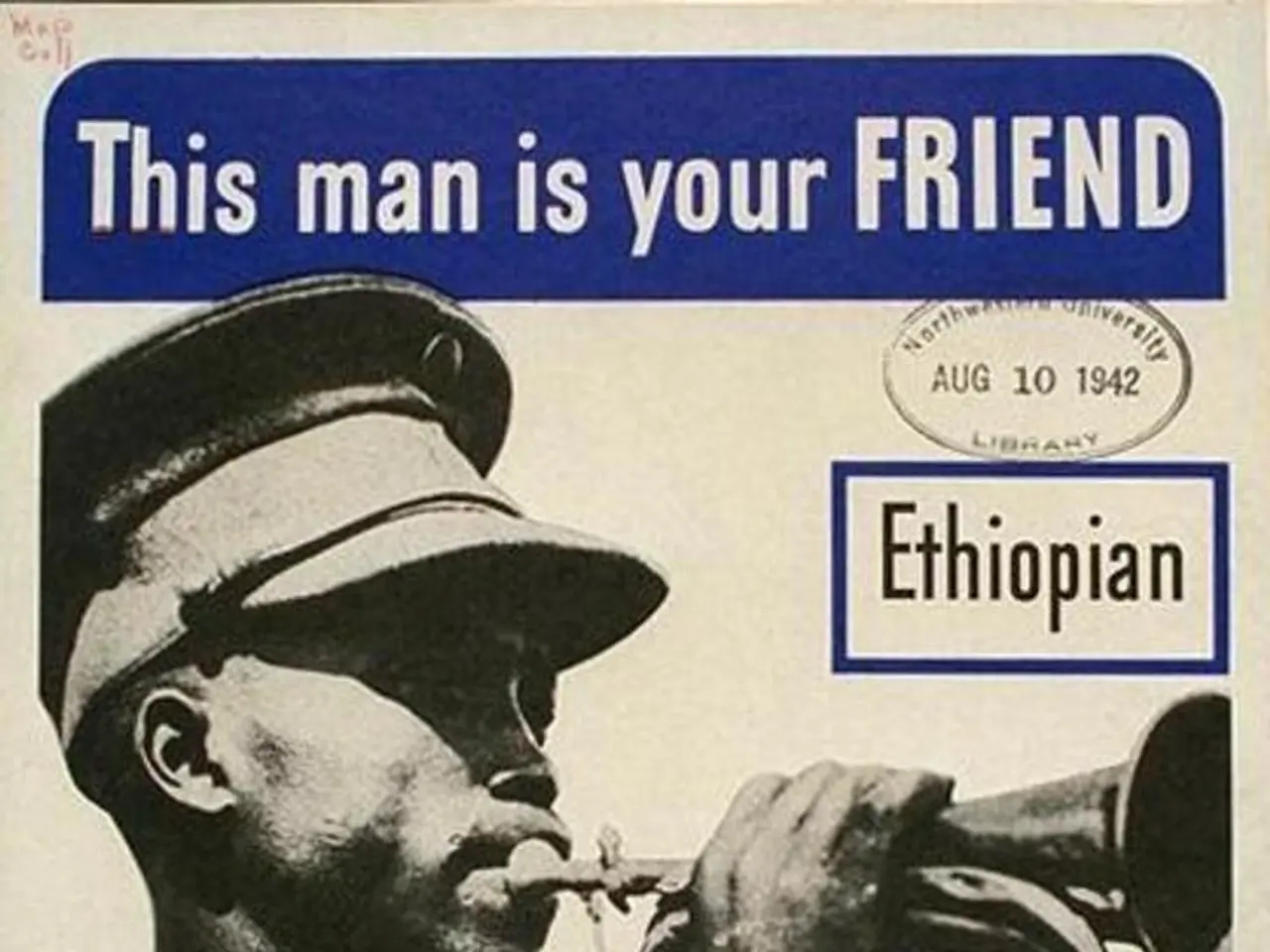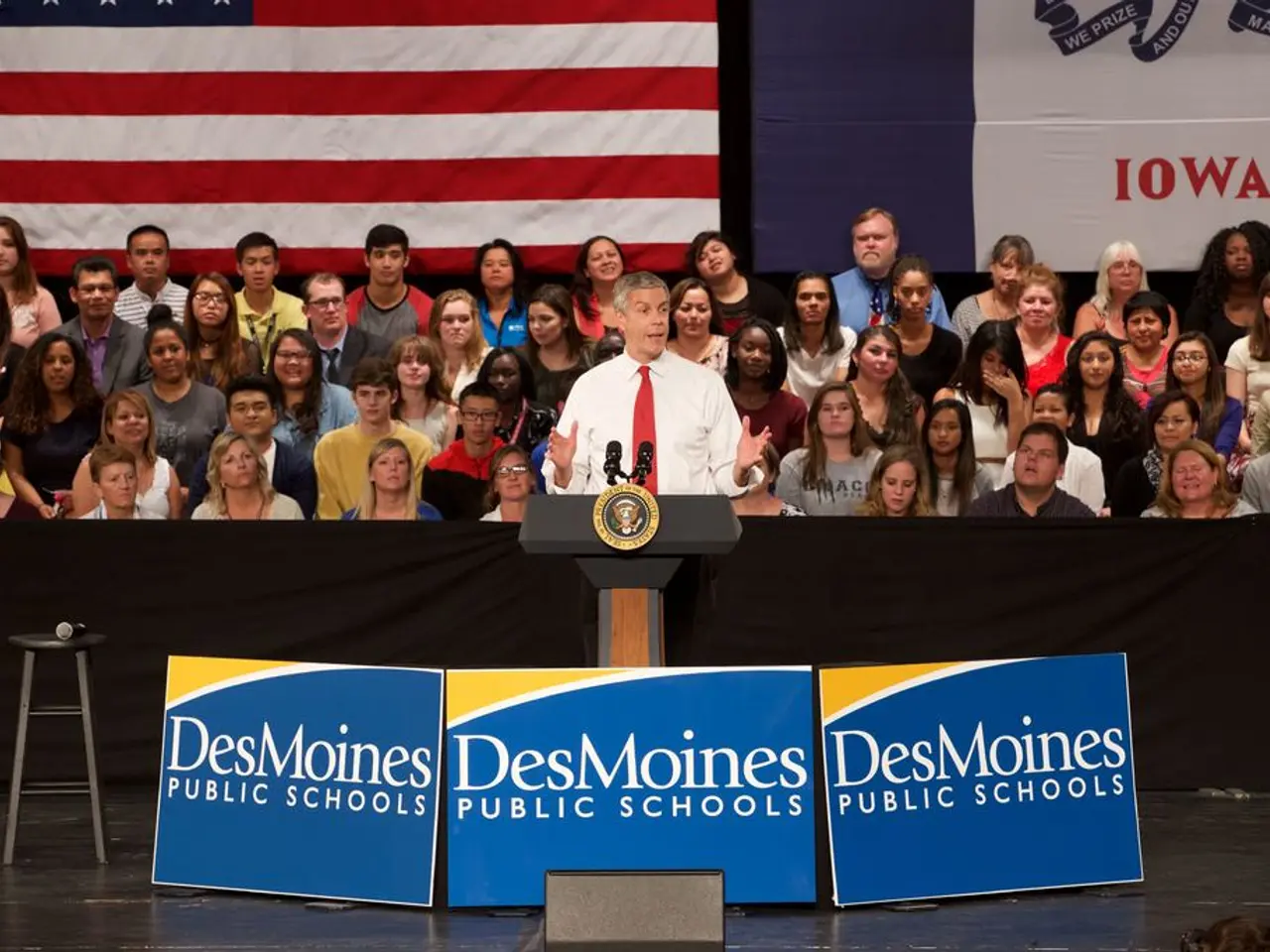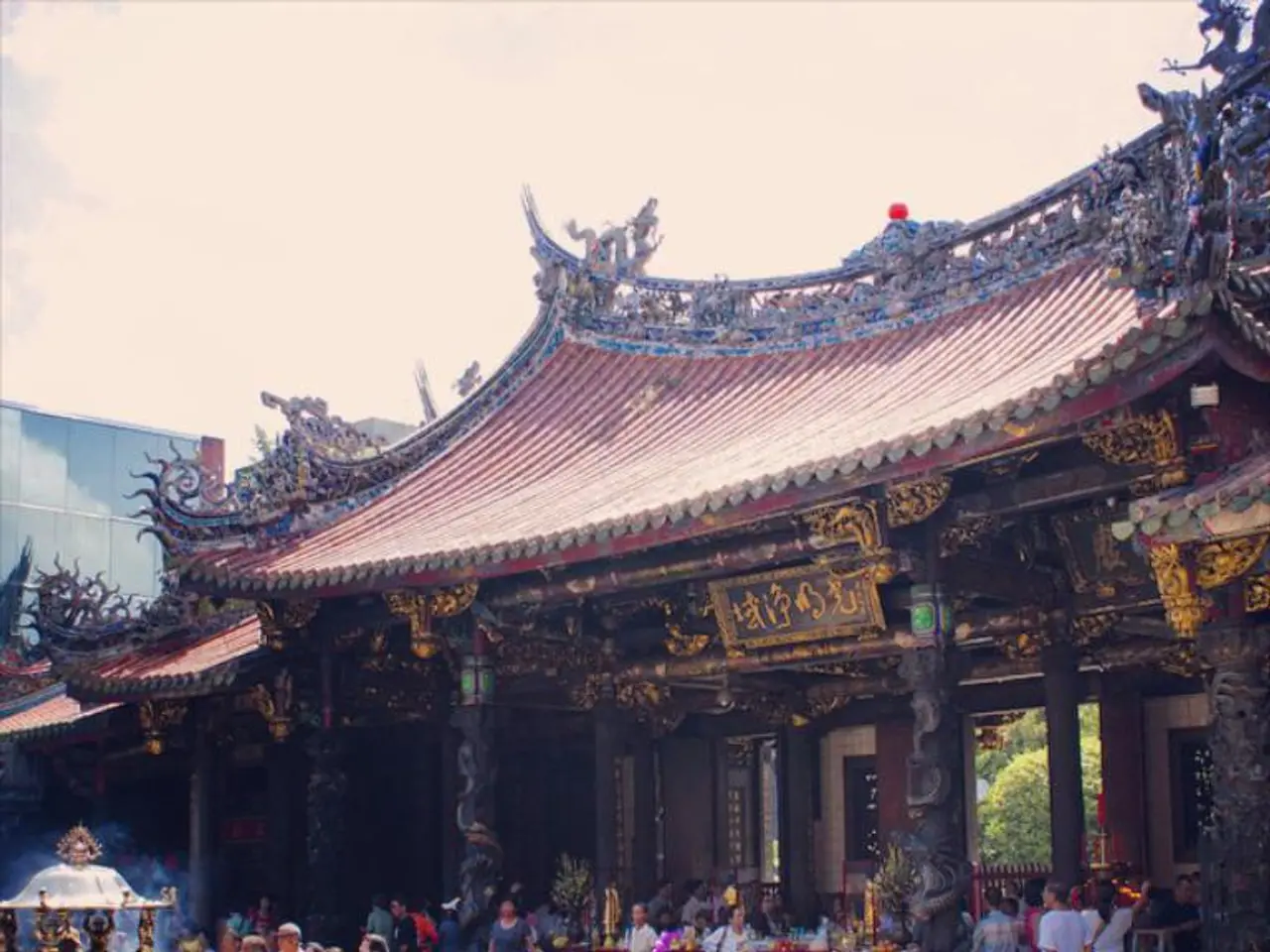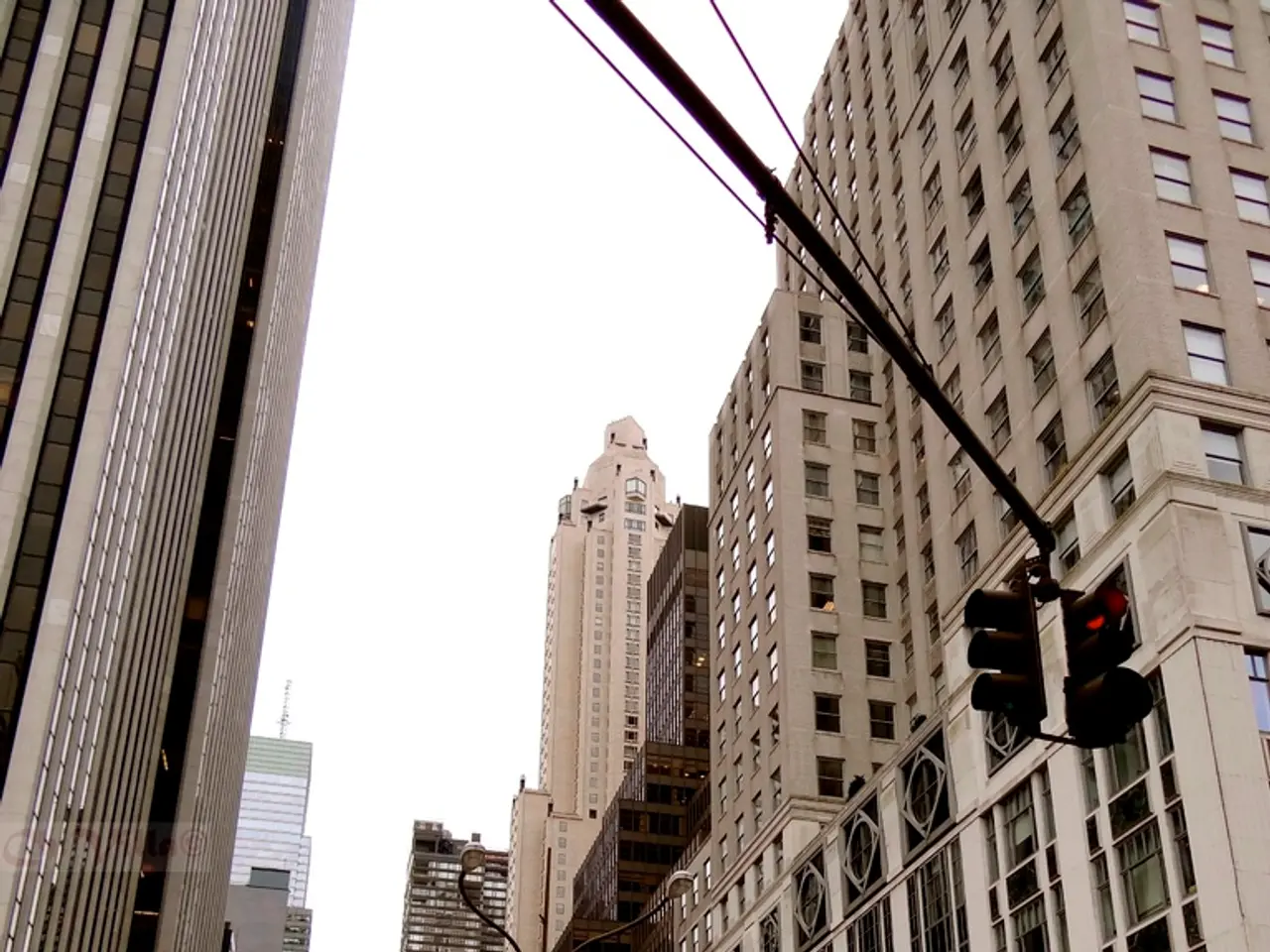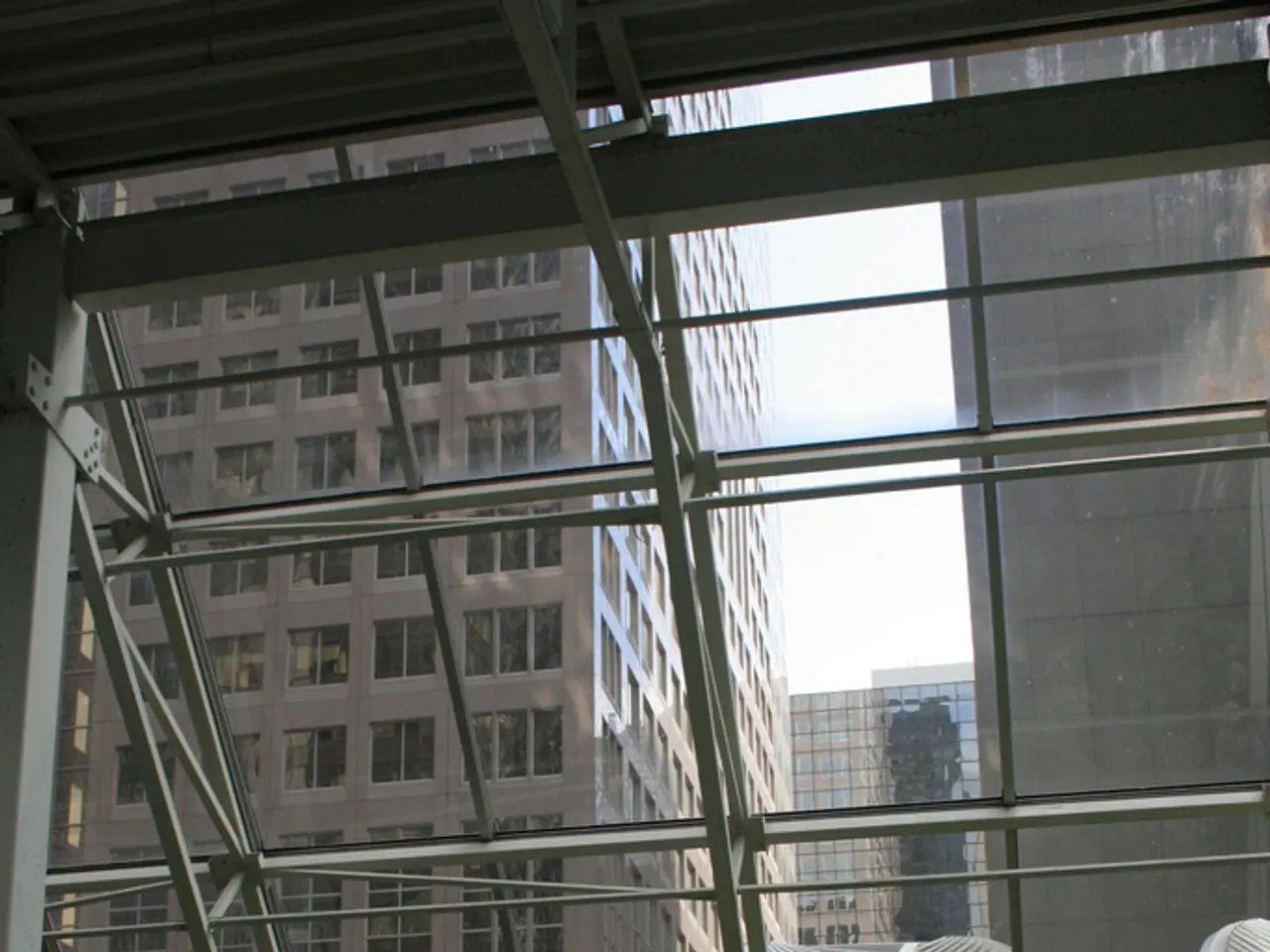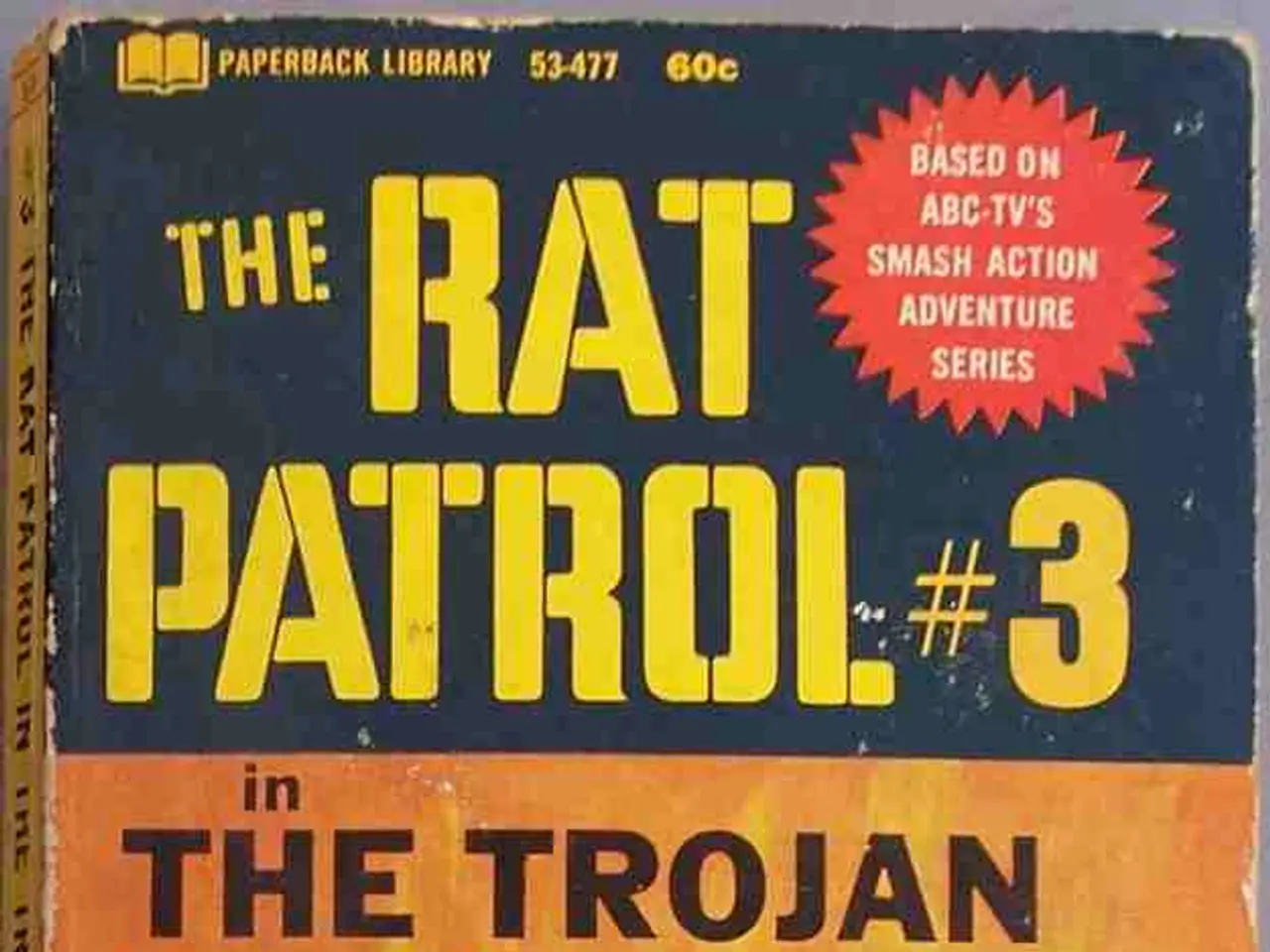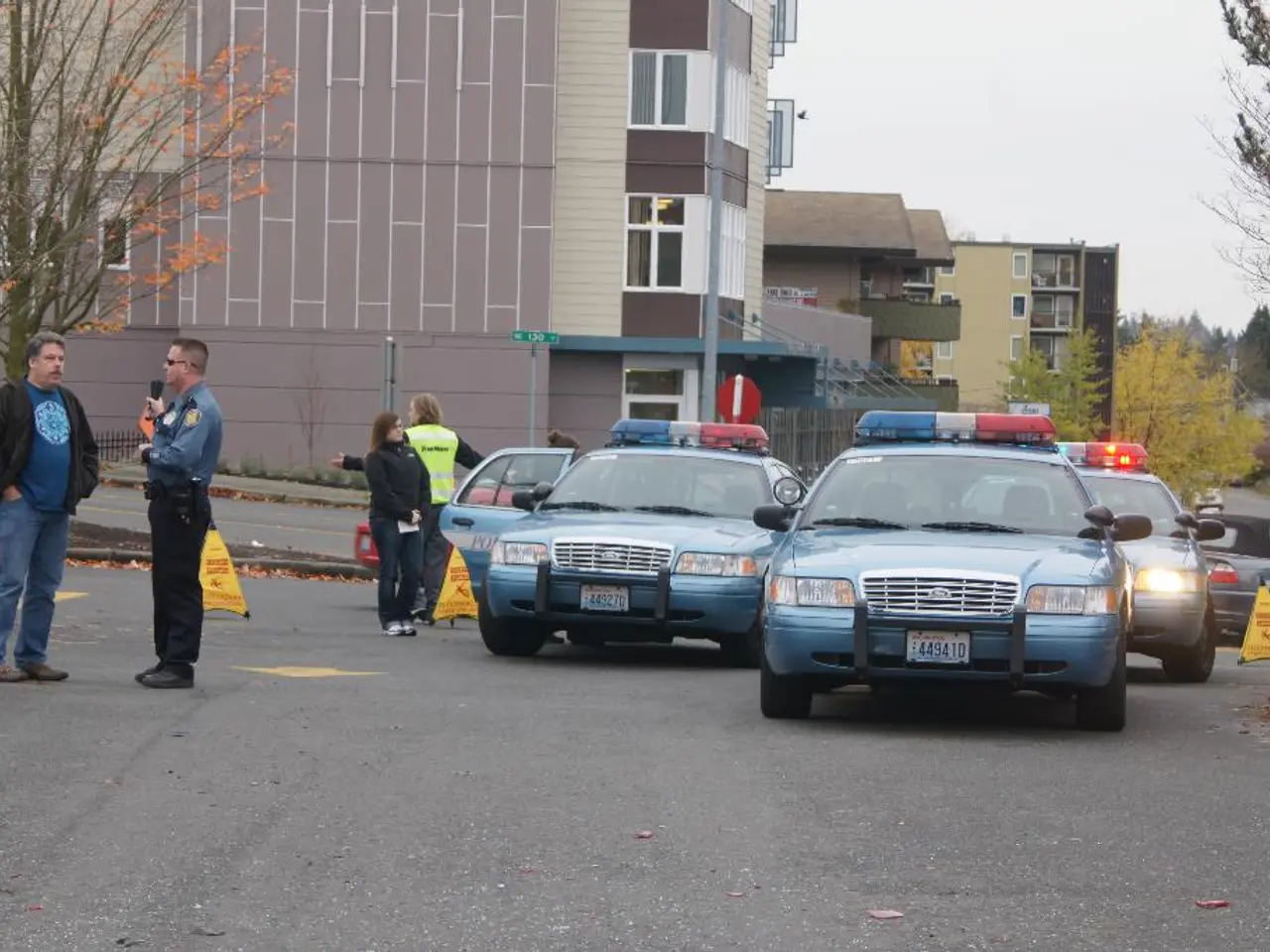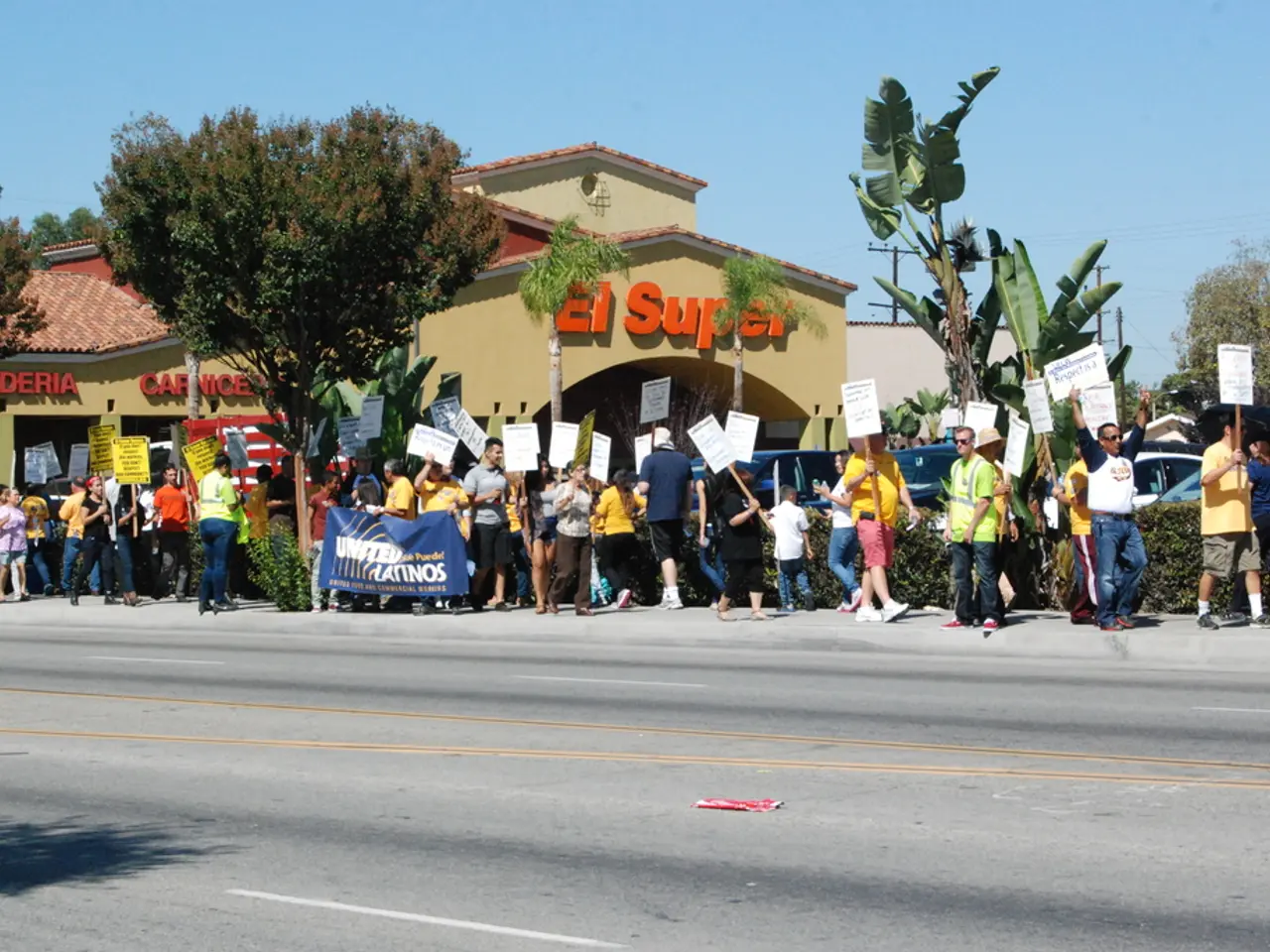Hezbollah's disarmament discussion in Lebanon becomes more intense
A new multilateral plan, backed by the United States, aims to disarm Hezbollah in Lebanon by the end of 2025. The plan, which involves four phased steps, was recently approved and is supported by economic reconstruction incentives [1][2][3].
The initiative marks a significant step towards establishing a state monopoly over weapons, targeting Hezbollah's arsenal, which is known to be under Iranian control. Prime Minister Nawaf Salam and President Joseph Aoun have shown increased engagement, with international pressure from France, the US, and others pushing Lebanon to act decisively [4].
However, the plan faces significant challenges. Hezbollah, historically, has refused disarmament, citing the continued presence and attacks by Israeli troops as justification for retaining arms. The ongoing military attacks by Israel in Lebanon and the presence of Israeli troops continue to be obstacles to Hezbollah's disarmament [1][4].
The ceasefire agreement stipulates that Hezbollah should be disarmed in the south and near the border with Israel first. Hezbollah Secretary-General Naim Kassim has reiterated Hezbollah's stance against disarming while Israeli attacks continue and its troops are not withdrawn [1].
The risk of political crisis in Lebanon is increasing due to the ongoing debate over Hezbollah's disarmament. The prospect of disarming Hezbollah throughout the country is politically risky due to the organization's widespread support and influence, particularly within the Shia community [1].
Hezbollah's influence and support base make the issue of its disarmament a challenging and potentially destabilizing issue for Lebanon. The organization's supporters were seen in Beirut yesterday, waving the organization's flags, while Lebanese army troops were deployed to prevent the display of Hezbollah flags [1].
Since the start of the Gaza war in October 2023, Israel and Hezbollah have been exchanging fire. Israeli soldiers are stationed at five posts in southern Lebanon, and Israeli troops have invaded Lebanon and heavily bombarded targets, especially in the Beirut area, the south, and the east [1].
Israeli military attacks Lebanon almost daily, enforcing disarmament claims. The ongoing conflict between Israel and Hezbollah has exacerbated tensions and complicated the fragile ceasefire, making disarmament contingent on Israel’s military withdrawal as part of the phased plan [1][4].
The success of the plan depends on coordinated Lebanese political will, international support, Israeli cooperation, and Hezbollah’s eventual agreement, which remains uncertain given Hezbollah’s recent attempts to reconstitute forces, although reportedly at reduced capability [3].
References: [1] Associated Press. (2023, November). Efforts to disarm Hezbollah in Lebanon face challenges amidst ongoing conflict. Retrieved from https://www.nytimes.com/2023/11/01/world/middleeast/lebanon-hezbollah-disarmament.html [2] Reuters. (2023, November). US-backed plan aims to disarm Hezbollah in Lebanon by end of 2025. Retrieved from https://www.reuters.com/world/middle-east/us-backed-plan-aims-disarm-hezbollah-lebanon-end-2025-2023-11-01/ [3] Al Jazeera. (2023, November). Hezbollah's resistance to disarmament in Lebanon. Retrieved from https://www.aljazeera.com/news/2023/11/1/hezbollahs-resistance-to-disarmament-in-lebanon [4] BBC News. (2023, November). Pressure on Lebanon to disarm Hezbollah. Retrieved from https://www.bbc.com/news/world-middle-east-56575494
- The newly proposed multilateral plan, aimed at disarming Hezbollah, is entangled in war-and-conflicts as it hinges on the ceasefire agreement with Israel and Israel's military withdrawal.
- The politics of disarming Hezbollah in Lebanon is complex, with general news indicating that the organization's widespread support and influence, particularly within the Shia community, pose significant challenges to the successful implementation of the plan.
